Help us Shape Our New Doing Good Business Awards Program!
We know that there are Solano County-based businesses that make a difference in their communities, and this year, Sustainable Solano plans to launch an awards program to recognize those businesses that stand out in their efforts to support people and planet.
And we’d like your help!
The Inspiration
Sustainable Solano has spent 25 years working to strengthen our communities through urban agriculture and community gardens, supporting the local food system, building community conversations and action around environmental and climate resilience, and youth engagement and empowerment.
Our work is informed by the practice of permaculture, which at its base level applies to creating environments that support a healthy, thriving ecosystem. This can apply to landscapes, but also to people, communities and businesses.
We are inspired to recognize businesses that, in their own ways, embrace the three ethics of permaculture: Earth Care, People Care, and Fair Share.
For businesses, we see these ethics materializing in different ways:
- Earth Care — A dedication to authentic sustainability practices that comes from direct intent, rather than greenwashing or government mandate
- People Care — A dedication to outstanding treatment of employees, both in policy and in action.
- Fair Share — A dedication to giving back to employees or the community.
How You Can Help
We want an advisory committee that will help to guide what this program looks like in our community. We want input from business leaders on how to define meaningful efforts in these three areas, and how to judge which nominees are head and shoulders above the rest. Ultimately, an advisory board will review and select the recipients.
Help us to envision and shape a program that recognizes, celebrates and supports Solano County businesses that are striving to do good!
Want to help? Contact us at info@sustainablesolano.org. We will start the planning process in early March.


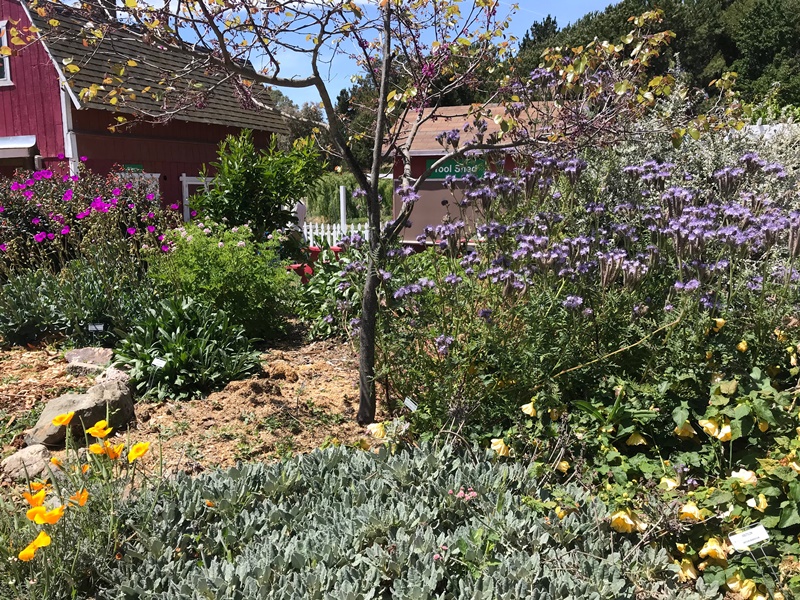
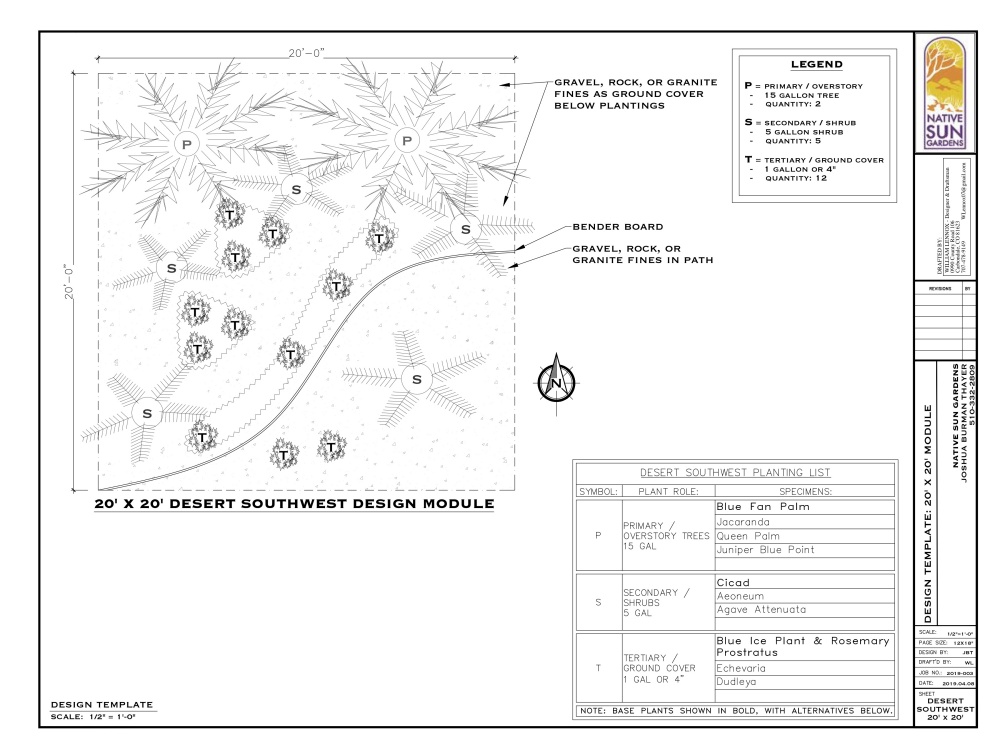
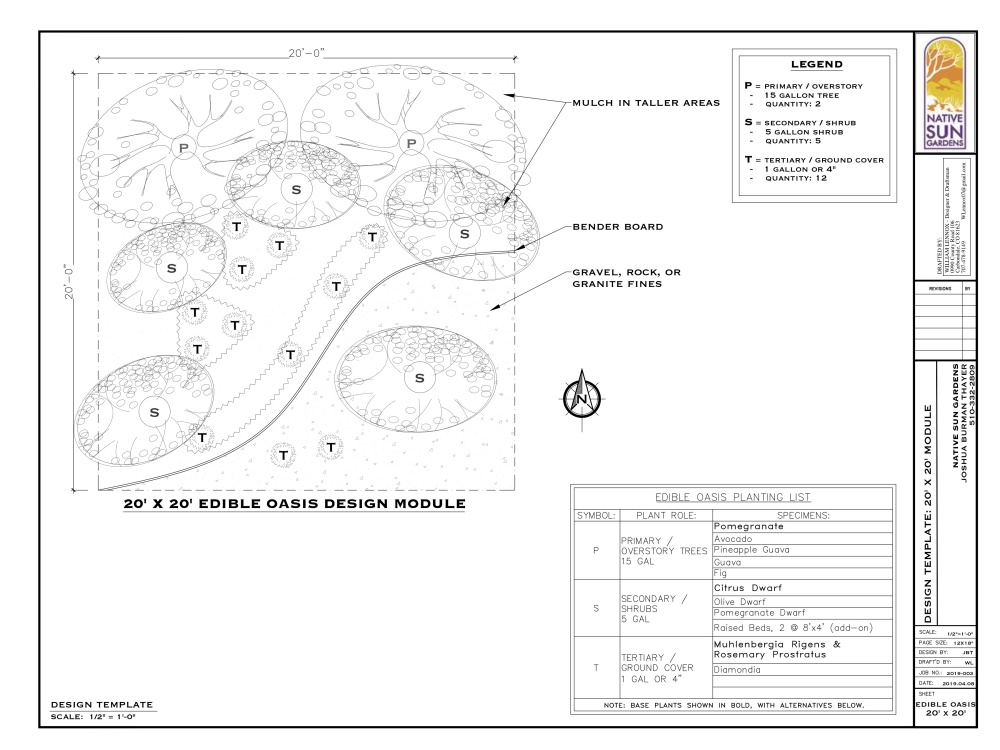
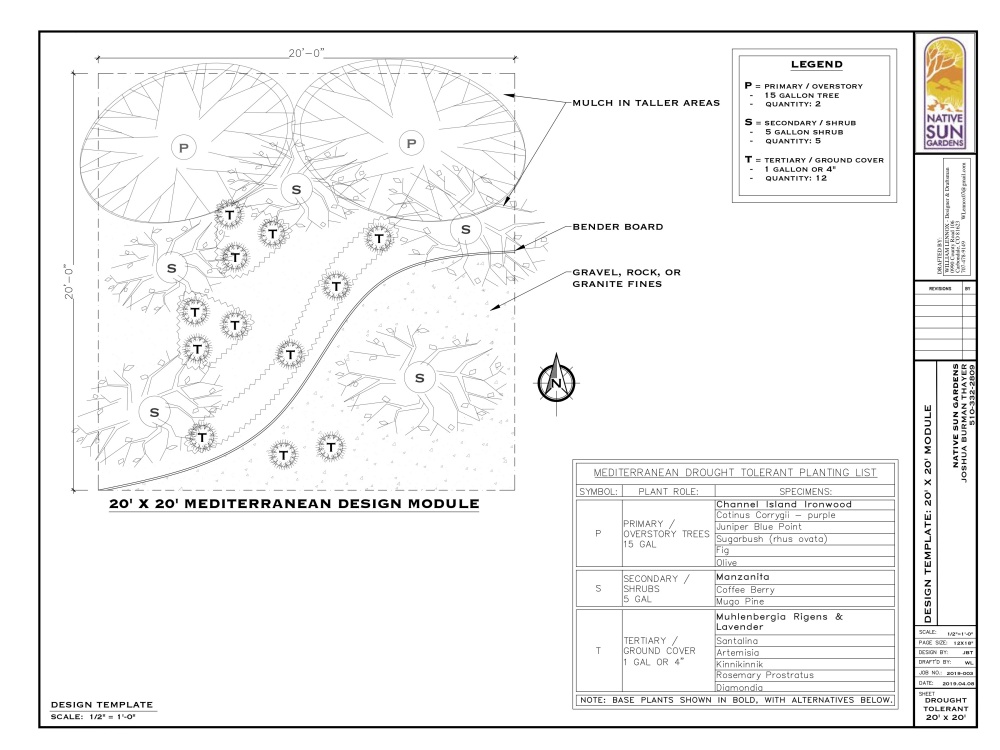
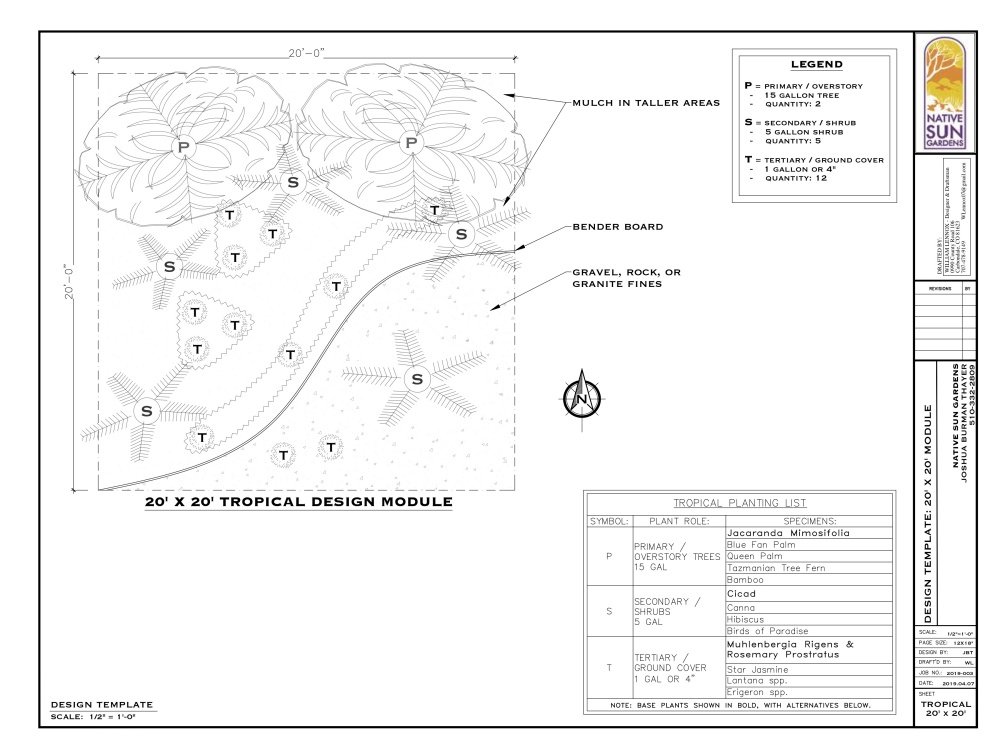
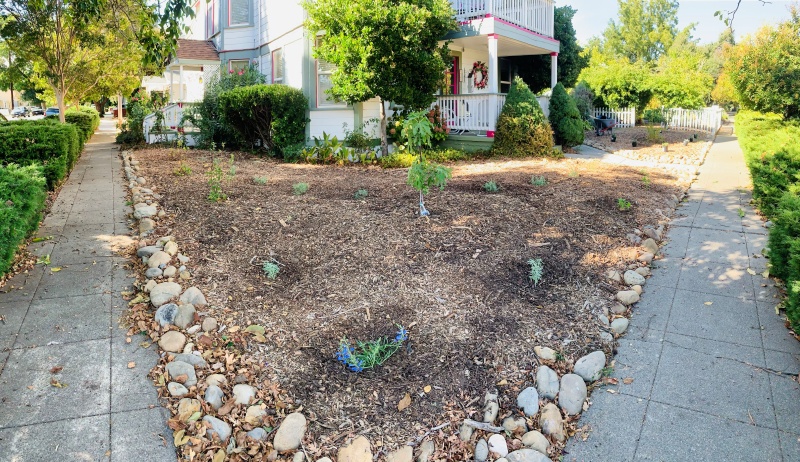
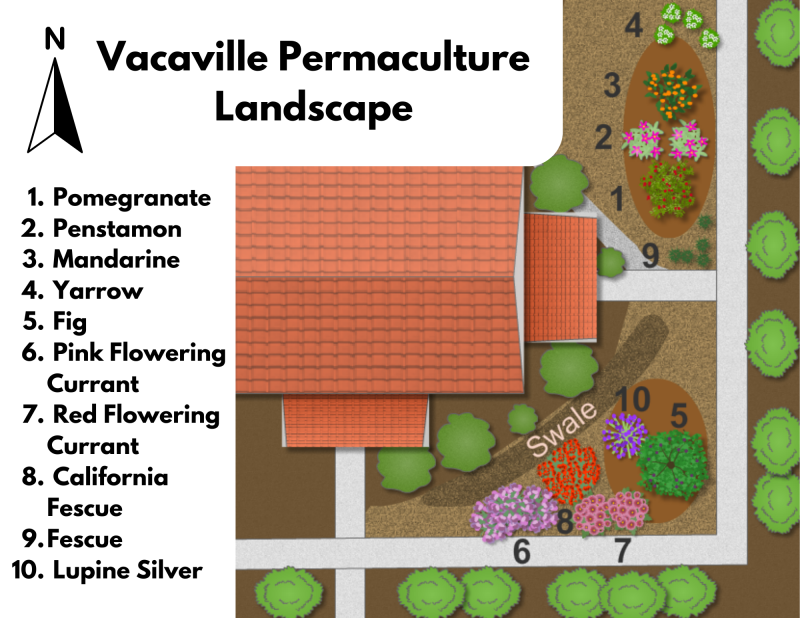
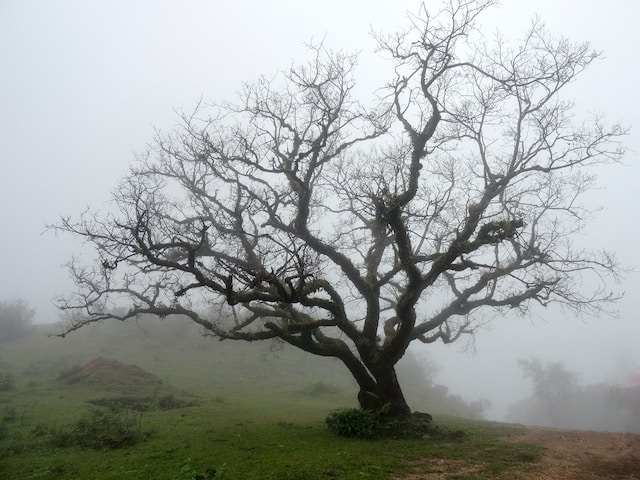
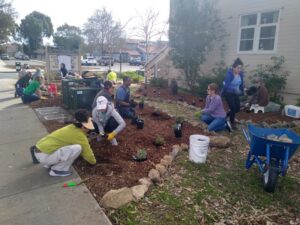 We have been lucky to spend the past few years in our office at the Global Center for Success on Mare Island. This office space puts us near nonprofit partner organizations and the beauty of the Vallejo People’s Garden and the Pollinator Pathway garden we installed with them and Solano RCD in front of the building. But as our team has grown in number, we find there are limitations in a one-room office, both for our team members’ needs as well as ways we would like to interact with all of you in the community.
We have been lucky to spend the past few years in our office at the Global Center for Success on Mare Island. This office space puts us near nonprofit partner organizations and the beauty of the Vallejo People’s Garden and the Pollinator Pathway garden we installed with them and Solano RCD in front of the building. But as our team has grown in number, we find there are limitations in a one-room office, both for our team members’ needs as well as ways we would like to interact with all of you in the community.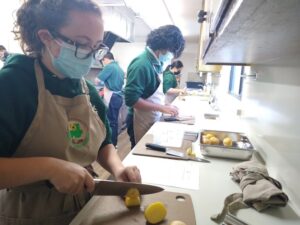 We’ve seen creative and innovative ways individuals, organizations and cities have supported such projects. In Berkeley, the Ecology Center runs
We’ve seen creative and innovative ways individuals, organizations and cities have supported such projects. In Berkeley, the Ecology Center runs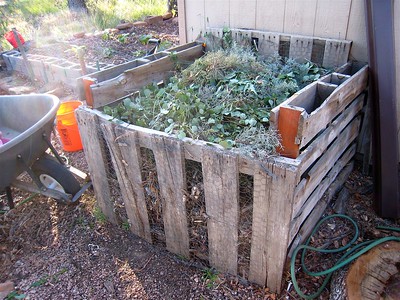 Composting requires a little forethought, some dedicated space, and the diligence to do regular light maintenance. If you can keep a houseplant alive, you should be able to get a compost bin started. The most important thing with backyard composting is to choose a system that will work best for you, which you feel you can sustain long-term. There are two common options for at-home composting, “hot pile” and “vermicompost” (or worm bins).
Composting requires a little forethought, some dedicated space, and the diligence to do regular light maintenance. If you can keep a houseplant alive, you should be able to get a compost bin started. The most important thing with backyard composting is to choose a system that will work best for you, which you feel you can sustain long-term. There are two common options for at-home composting, “hot pile” and “vermicompost” (or worm bins). A vermicompost system relies on worms to digest and process organic matter to create compost. These systems offer more flexibility compared to a traditional hot pile system. Vermicompost systems can be made in any size, allowing them to fit into more spaces (some people keep their bins under their kitchen sink). Vermicompost systems do require more careful planning than a hot-pile system. While worm bins do not need to be turned, bins need to be emptied more regularly and the worm populations need to be divided to prevent overcrowding. Worm bins also typically cannot be added daily: worms eat in “batches”, so waste needs to be collected and added all as a single, larger quantity. I would recommend worm bins for smaller families, or people who might lack the space or volume of material needed to start a hot pile system.
A vermicompost system relies on worms to digest and process organic matter to create compost. These systems offer more flexibility compared to a traditional hot pile system. Vermicompost systems can be made in any size, allowing them to fit into more spaces (some people keep their bins under their kitchen sink). Vermicompost systems do require more careful planning than a hot-pile system. While worm bins do not need to be turned, bins need to be emptied more regularly and the worm populations need to be divided to prevent overcrowding. Worm bins also typically cannot be added daily: worms eat in “batches”, so waste needs to be collected and added all as a single, larger quantity. I would recommend worm bins for smaller families, or people who might lack the space or volume of material needed to start a hot pile system. 